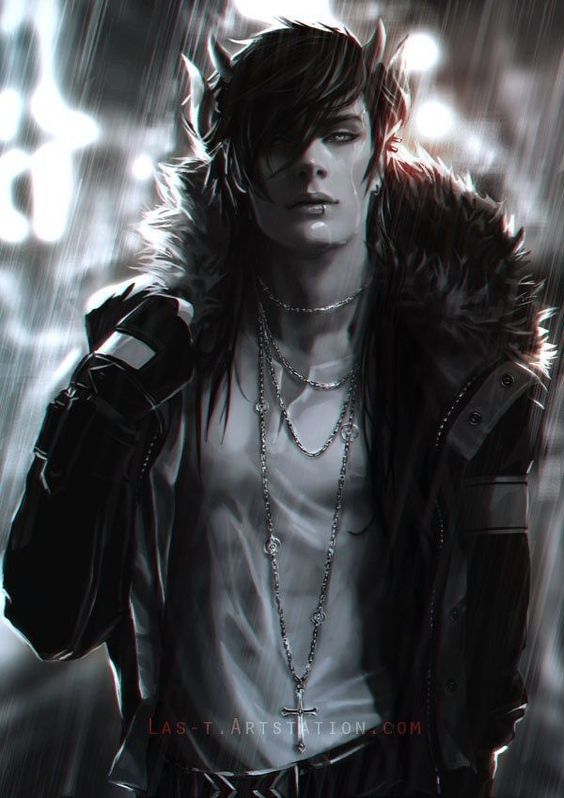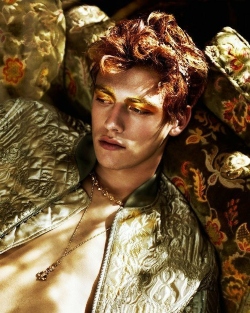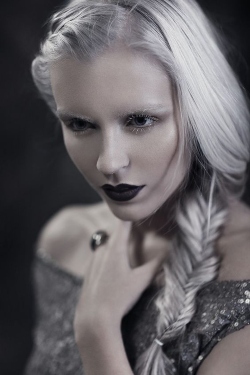The Courts of Gold and Silver
The Goddess has ordered her children back into the world, with the same mandates they have always had: preserve dreaming, creativity, ingenuity, and that spark of the human soul which leds to innovation, exploration, and gives birth to stories that become legend and myth. But she has also charged her children to protect and care for one aspect of her personification: the Earth.
Now, as in the ancient days, the children of Danu have divided into two broad ideological differences. This divide has almost always existed between the two courts, however, with each trying to harness the power of human dreams for the accomplishment of their goals.

The Seelie
The Seelie Court is populated by Fae who hold to romantic ideas and dreams, who wish to empower humanity to achieve the spark of divinity within them, to elevate humanity and be elevated by them in turn. Called the Court of Gold, the Summer Court, or the Glittering Throng, the Fae of the Seelie court are the Fae most likely to interact with humans positively, encouragingly. As such, they are also the most human-like of the Fae. The Seelie Court is also the most beautiful court, adhering to rigid standards of beauty, poise, courtly restraint, and a sense of noblesse oblige.
The Seelie Fae are ruled by the Sidhe High King Imladris, and his sanctioned Consort the Lady Aine Arlene. The High King is generally well regarded by his subjects, and considered a canny, powerful, just and fair ruler. This could just be the result of clever propaganda however, as the High King is certainly a practiced statesman.
Fae law prevents the High King from taking any wife other than the High Queen of the Unseelie, as a symbolic union of the Eternal Father and Mother, as a reminder that the two courts are still one people, and as a reminder that balance must be maintained. For that reason, the High King has a consort that rules by his side instead of a Queen.

The Unseelie
The Unseelie take the opposite approach, wishing for humanity to destroy itself with the power of its own collective nightmares and fear, and to free the Mother from their fevered digging, noxious poisons, and piteous wails. The Unseelie tend to be the court with the greater numbers, as they have no rigid standards of beauty to uphold and adopt an attitude of the ends justify the means, but many Fae are siding with the Unseelie as they see what has become of the Earth Mother in their absence. Called the Silver Court, the Winter Court, or the Darkling Throng, the Unseelie are blatantly inhuman and advertise this. They are the most openly cruel and the least concerned with humanity or the continued existence of humanity.
The Unseelie are ruled by the Sidhe High Queen Mabh, who has the dubious distinction of being the longest reigning High Queen in even the very long memories of their fellow Fae.
Unlike the High King, Mabh has no official consort and governs on her own, assisted by a small cabal of advisors and any number of different Sidhe men she beds at her pleasure.
Fae Society
Fae society is akin to feudal society rather than modern democratic society. As such, every country with a Fae presence has its own King or Queen, bound by oaths of loyalty to the High King or the High Queen. Below the Kings and Queens, are the nobles. In descending order of prominence are Dukes, Counts or Earls, Marquises, Barons, and Knights. Each of these Lords rules over a certain amount of territory with its vassals pledged to support their respective overlords militarily and with the products of their lands.
Fae culture places a great deal of emphasis on fertility, and law demands that whomever will be a noble whether King or Queen, or a lowly Baron, be capable of siring or bearing children. This law is so strong that several times in Fae history a King or a Queen has been forcibly removed from their position. The Fae hold to the concept that "As goes the king, so goes the nation" and believe that an infertile King or Queen dooms their dominion to a slow wasting away.

